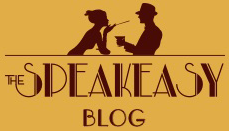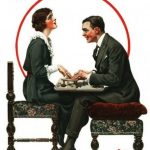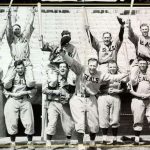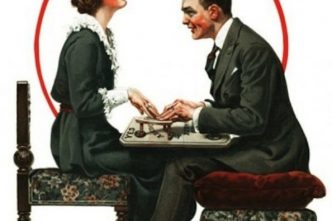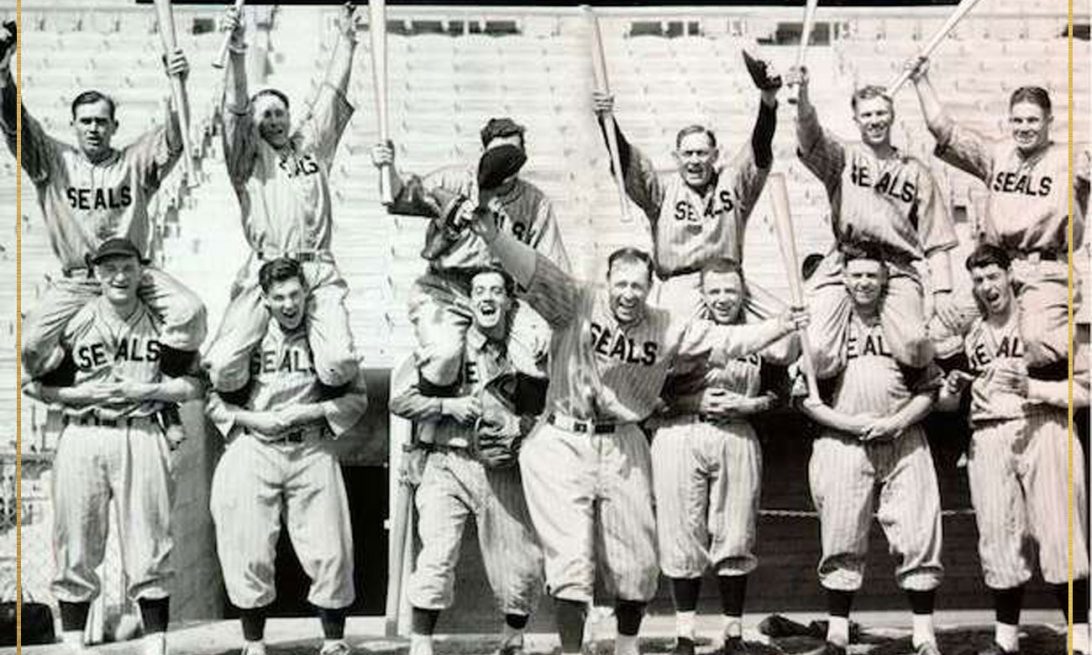
In the Shadow of Giants: The San Francisco Seals
One of the advantages of being a freelance artist is that you can watch baseball games in the middle of a weekday. Looking for, uh, inspiration, I was at a home game last week watching the San Francisco Giants at beautiful AT&T Park on the Bay.
Watching Lou Seal, the Giants’ mascot, waddling around made me think back to 2013 when we were originally developing The Speakeasy. I was the original Head Writer and we were immersing ourselves day after day in the culture of 1920s San Francisco (it helped that we were also testing out a lot of classic cocktails for research reasons).
At that time, the World Series-winning Giants were thousands of miles away – they were playing in New York City. In fact, there was not a single Major League Baseball team west of St. Louis.
Apparently, San Franciscans were thirsty for baseball. Back during the Jazz Age, locals rooted for the San Francisco Seals, named for the slipperiest creatures in the world, besides politicians (cue Real Time with Bill Maher theme).
There aren’t many remnants of the Seals left in our fair city, but Lou – and the hard work he does dabbing and taking selfies with fans – is indeed one reminder of the baseball champions of the 1920s.
The Giants are just the latest, and most famous, team in a deep San Francisco baseball tradition that spans back to the 1800s.
From the Stars to the Wasps: The Early Era of Baseball in San Francisco
San Francisco has been home to professional baseball teams since 1886. In fact, Alexander Cartwright, often called the “father of baseball,” moved to Northern California for a spell during the 1849 Gold Rush.
 In the following decades, there were multiple attempts to found a “California League” in the state. These attempts included teams in San Francisco, many of which only lasted for a season or two, although the team names are awesome because they sound straight out of a corporate softball league – fans used to gather to watch the San Francisco Stars, then the Pioneers, then the Haverlys, then the Friscos (yikes) and then the Metropolitans. From 1899 to 1902, residents cheered on the Wasps.
In the following decades, there were multiple attempts to found a “California League” in the state. These attempts included teams in San Francisco, many of which only lasted for a season or two, although the team names are awesome because they sound straight out of a corporate softball league – fans used to gather to watch the San Francisco Stars, then the Pioneers, then the Haverlys, then the Friscos (yikes) and then the Metropolitans. From 1899 to 1902, residents cheered on the Wasps.
Probably the best name in the California League went to San Francisco’s mortal enemy, though – the Los Angeles Loo Loos.
The owners in the final California State League met in San Francisco in 1902 to devise a new plan aimed at building a bigger fan base – a Pacific Coast League that would have teams up and down the West Coast. The six first teams in the PCL were the LA Angels, Oakland Oaks, Portland Beavers, Sacramento Senators, Seattle Indians and, of course, the new San Francisco Seals.
The Seals’ 1920s Dynasty
Just like the Giants can boast of their own dynasty this decade, the Seals ruled the PCL during the 1920s, winning five championships.
Locals were so entranced with baseball during the 20s that one enterprising entrepreneur tried to launch another professional baseball team in town in 1926. This second team was named the Mission Reds, after the city’s Mission District. The Mission Reds, or sometimes called just the “Missions,” were the slighter rival of the Seals – the main rival was always the Oaks. Facing a series of abysmal seasons and declining ticket revenue, the Mission Reds moved to Southern California in 1937 and were renamed the Hollywood Stars.
professional baseball team in town in 1926. This second team was named the Mission Reds, after the city’s Mission District. The Mission Reds, or sometimes called just the “Missions,” were the slighter rival of the Seals – the main rival was always the Oaks. Facing a series of abysmal seasons and declining ticket revenue, the Mission Reds moved to Southern California in 1937 and were renamed the Hollywood Stars.
The Seals produced several of their own stars. In 1931, Vince DiMaggio, an outfielder with the Seals, convinced his manager to let his little brother Joe fill in as shortstop. During the 1933 season, the younger DiMaggio hit in 61 consecutive games, a sneak peek of the world renowned success he would have with the New York Yankees within the next decade.
When we were developing the first iteration of The Speakeasy, creator Nick A. Olivero and myself were able to plug in some baseball history. One of the characters, Tom, a regular barfly who situates himself all night on a stool asks, “Follow the Seals much?” and goes on to praise the Seals’ Paul Waner, a star of the 1923 lineup (voila — the same year the show is set!). The bartender responds, coyly, that professional baseball will not succeed in San Francisco because there isn’t enough of an audience. Then the audience (hopefully) laughs.
The Ghosts of Old Rec Live On
By the 1950s, the MLB set its eyes westward. By the end of 1957, George Christopher, the mayor of San Francisco, approached the owners of the New York Giants with the idea of relocating the team to the West Coast. At the same time, LA officials were actually talking to the Brooklyn Dodgers.
 In 1958, both teams fled New York City, and that was the deathknell for the minor league Seals and the entire PCL.
In 1958, both teams fled New York City, and that was the deathknell for the minor league Seals and the entire PCL.
Recreation Park, which once housed thousands of fervent baseball fans during the 1920s, was located at the intersection of Valencia and 14th Streets in the Mission. They say the stadium was nicknamed “Old Rec” because of how rickety it was, although apparently you would get a shot of whiskey with each ticket (before Prohibition), which is a deal they should really bring back.
Recreation Park is now apartments and yoga studios, but the memory of the Seals live on. Nostalgically, they get a fresh mention night after night at The Speakeasy.
This Sunday, July 15, the cast of The Speakeasy is bringing a bit of the 1920s to AT&T Park at 1:05pm, when our beloved Chorus Girls and resident chanteuse, Ms. Velma Louise Cole, sing the National Anthem!
And, 115 years after the Seals’ first game, the legacy of the Seals is on display whenever the Giants’ mascot Lou Sealsteps out at AT&T Park.
